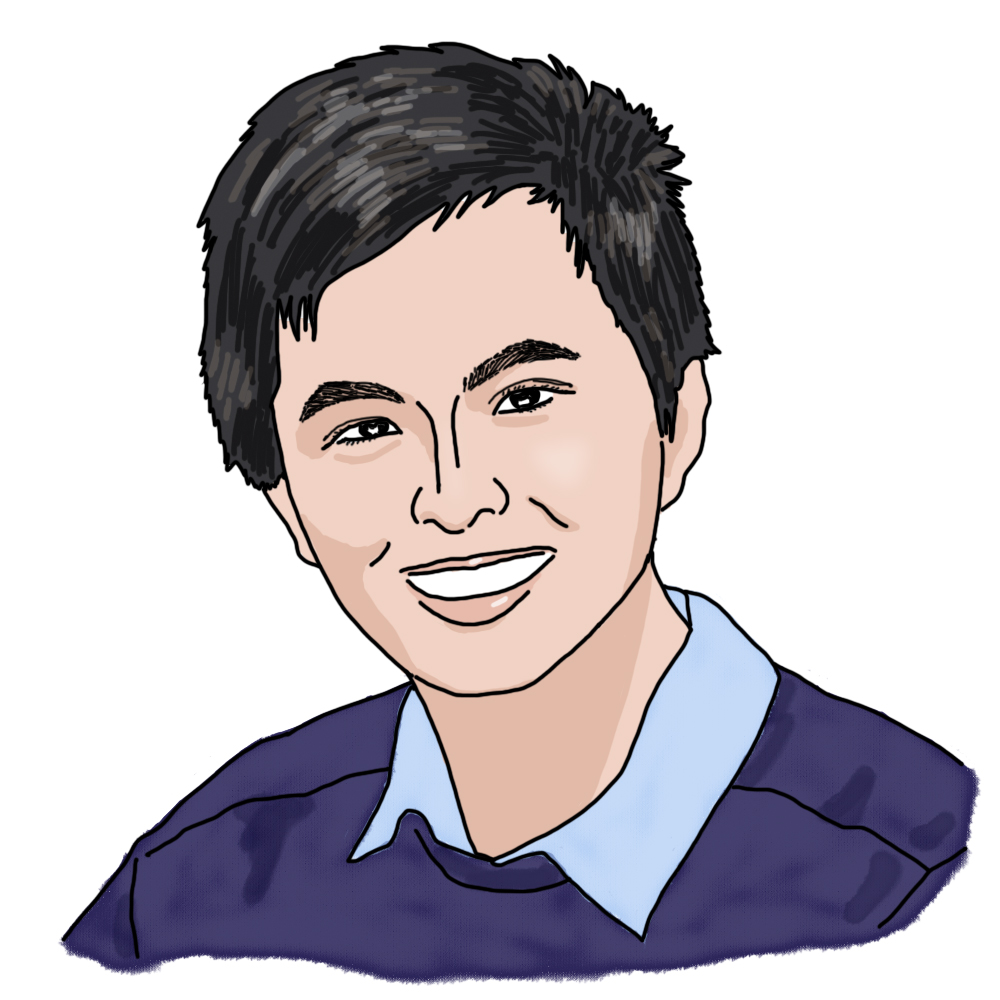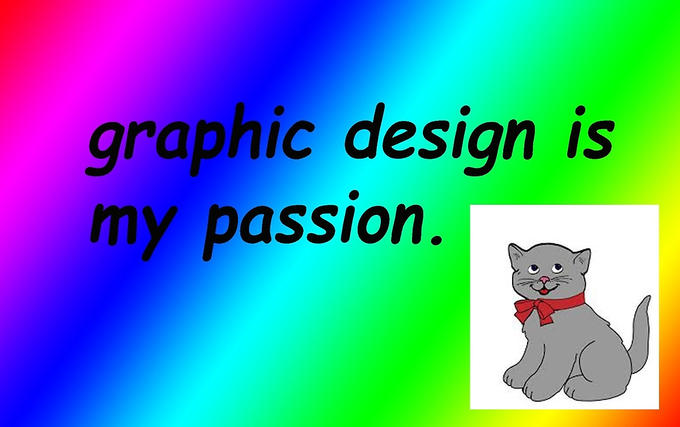
Communication Intensive by Andi Q. '25
Jumping on the semester-in-review blog train
“This is it,” I thought as I submitted my last college essay. “I’ve written everything there is to write. I am never writing another word of English – especially not at (hopefully) MIT!”
Boy, was I wrong. (Thankfully, not about the “at MIT” part.)
As part of MIT’s general institute requirements, all undergraduates take four “communication-intensive” (CI) classes during their time at MIT. Two are humanities classes, and the others relate to their majors. The requirement’s purpose is to make us more effective writers and orators. A large part of that comes from exposing us to new forms of writing.
This past semester, I took one-and-a-half01 3.010 and 3.020 each counts as a half CI-M because of course 3 lore reasons CI classes – 24.900 (introduction to linguistics) and 3.010 (structure of materials). Here are the five writing assignments I did for these two classes.
Assignment 1 – A White Paper (3.010)
In true MIT fashion, the first assignment was also the most daunting. The prompt was to write a white paper about one of three topics from the perspective of a MIT.nano or industry researcher:
- Using transmission electron microscopy to characterize strained-silicon devices.
- Using neutron diffraction to characterize unknown sodium-ion battery materials.
- Using x-ray photoelectron spectroscopy to characterize the surface structures of electrocatalysts used in oxygen evolution/reduction reactions.
Immediately, I had several questions on my mind:
- What is a “white paper”?
- What do they mean by “characterize”?
- What do these big words even mean? “X-ray photo-” what now?
Or, more succinctly:
- What.
I chose the first prompt because it seemed the most straightforward and familiar, but I had no idea where to start. After all, semiconductor physics is the domain of 3.033 (electronic, optical, and magnetic properties of materials – typically a junior-year class).
I was initially tempted to submit a blank sheet of printer paper – it is technically a white paper, after all – but luckily, the 3.010 teaching staff had put together a list of review papers to help us find our bearings. They also answered my question about what a white paper should be; essentially, it’s a short paper outlining a complex issue (the end of Moore’s law in this case) and proposes/discusses a path forward to address that problem (and hopefully secure funding too). Within a few days of staring at diffraction patterns, I had a vague idea of how to structure (no pun intended) my paper.
As with many writing assignments, the biggest challenge for me was to set the ball rolling. The prompt was intimidating because it felt like I needed a lot of background knowledge to write coherently. I quickly realized that the paper’s focus should be on how characterization gives us useful information (which we did learn in 3.010) rather than the underlying physics of strained silicon.
Overall, I was happy with how this assignment turned out. I learned a lot – both about modern semiconductor technology and technical writing – and the time I spent on my first draft afforded me a relatively light revision process. My only complaint is the font requirement (Times New Roman 🤮).
Assignment 2 – A Critical Summary (24.900)
This was the most straightforward of the five assignments because of its similarity to my past high-school essays. The prompt was direct and unambiguous:
- Read The Atoms of Language by Mark Baker.
- Summarize one of the claims he made and the arguments for it.
- Evaluate how convincing those arguments were.
At 1000 words, this was also the shortest of the five assignments.
One surprising thing about the assignment was how we could evaluate the arguments by both the facts laid out in the book and how the author uses rhetoric. After all, it’s not a very strong argument if it’s so technical that the average reader can’t even understand what it’s saying.
Assignment 3 – An Analytical Sketch (24.900)
This assignment was a bit traumatizing because of how long it was (3000 words!), so here’s the TL;DR to compensate:
- I chose a language (Montenegrin) to analyze.
- I found a native speaker ( my friend Matija ‘2502 Shoutout to him for tolerating an hour of my painful mispronunciations of Montenegrin words ) and elicited a whole lot of (but not that many) Montenegrin words and sentences.
- I used those words and sentences to create a basic guide to Montenegrin morphology, syntax, and phonology using what we learned in 24.900.
Of course, my descriptions were often overly simplified (especially my phonology section) because I had so little data to work with, but luckily that wasn’t the point of the assignment. Instead, it was meant to show us how linguists document new languages and form working hypotheses.
Assignment 4 – A Poster Presentation (3.010)
This assignment was by far the most fun. I had to make a poster about the structure of a “mystery material”, given its x-ray diffraction (XRD) data, and then deliver a 7-minute oral presentation to the class. I always see many poster presentations plastering the walls of MIT, so it was exciting to make one myself.
My mystery material was lithium cobalt oxide (LCO), used in lithium-ion batteries; others got materials like cadmium telluride, hematite, and fool’s gold. I was extremely lucky to get LCO, which made this assignment a lot easier than it normally would be:
- It’s a well-studied material, so there was no ambiguity when matching up my XRD data to that from the literature.
- Its geometry leads directly to its material properties (unlike cadmium telluride), so I had much to talk about without needing too much background information.
- Describing and visualizing its structure was also straightforward (unlike hematite), so I didn’t need to spend too much time on that.
- Lithium-ion batteries are everywhere, so I had plenty of real-world applications at my disposal.
- Most importantly, its hexagonal structure matched the ✨aesthetics✨ of my intended poster design.
Then came the fun part – putting it all together.

If a picture is worth a thousand words, then my poster is worth approximately 13,584 words.
I made my poster resemble the Department of Materials Science and Engineering’s website because it has a neat background graphic that I wanted to include (plus, it’s my favourite shade of blue). My biggest challenge was fitting everything I needed into such a small space while keeping all the figures legible. Eventually, my work culminated in a poster that I still have hanging in my room today03 I wanted to embed the poster in this post but WordPress isn't having it today 🙁 .
Assignment 5 – A Research Proposal (24.900)
The final assignment of 24.900 was an extension of the analytical sketch. I had to review that previous paper, find an “interesting” feature of Montenegrin, and then propose a research project to collect more data and explain that feature.
Given my sparse data, I expected to be grasping at straws trying to find such a feature, much less proposing a hypothesis explaining it! By some stroke of luck, there was a specific exception concerning verb conjugations that I could just barely explain using what I learned in the class. It seemed too simple to be true but was good enough for my purposes. (I later asked Matija about the hypothesis, and he immediately listed ten verbs that contradicted it; such is the nature of research, I suppose.)
This assignment had an oral component too, where we gave condensed three-minute “elevator pitches” of our research proposals. Fortunately for those with stage fright, we didn’t have to deliver these speeches in front of everyone, but instead within small groups in our recitations.
Next semester, I’ll be taking 3.155 (micro/nano processing technology) and 3.020 (thermodynamics of materials)04 Taught by the wonderful Kirk Kolenbrander who is returning to MIT – one-and-a-half CI classes again. I look forward to practising my writing even more on the material (pun also not intended) I’ll learn in these classes!
- 3.010 and 3.020 each counts as a half CI-M because of course 3 lore reasons back to text ↑
- Shoutout to him for tolerating an hour of my painful mispronunciations of Montenegrin words back to text ↑
- I wanted to embed the poster in this post but WordPress isn't having it today 🙁 back to text ↑
- Taught by the wonderful Kirk Kolenbrander who is returning to MIT back to text ↑